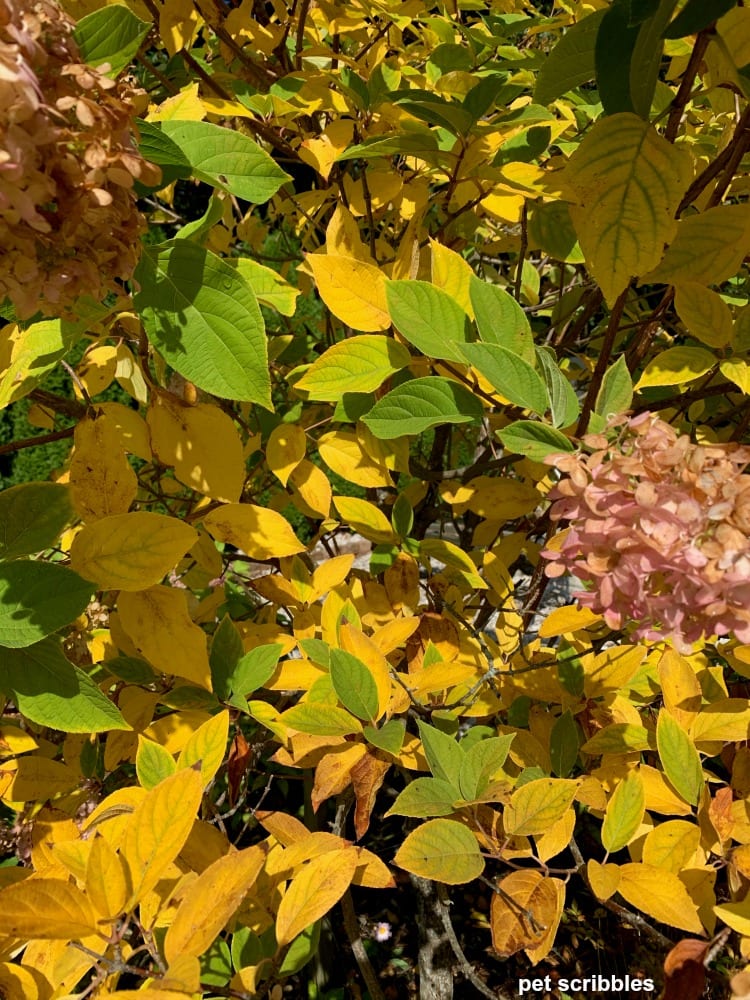Some Known Factual Statements About Hydrangea Leaves Turning Yellow
The Ultimate Guide To Hydrangea Leaves Turning Yellow
Table of ContentsSee This Report on Hydrangea Leaves Turning Yellow3 Easy Facts About Hydrangea Leaves Turning Yellow DescribedOur Hydrangea Leaves Turning Yellow DiariesThings about Hydrangea Leaves Turning YellowNot known Details About Hydrangea Leaves Turning Yellow
The container should be large enough so the plant can expand and get all of the water and nutrients it requires. Panicles enjoy the full sunlight.So, no matter the range, strategy ahead and make certain your plant has lots of protection from the wind. You have a couple of options right here. You can hair transplant to a brand-new place, or you can develop a wind barrier making use of one more plant, or secure fencing. To develop a wind obstacle you could, or a shrub to obstruct the wind.
Ornamental turf, Rose of Sharon, or Holly bushes are simply a few ideas of plants you could use to obstruct the wind. If you require to hair transplant, locate a place in your yard that is well secured from sun and wind. Transplanting is finest done in the fall or the spring.
The plants location is the most crucial aspect when it comes to getting established and proper development. With a little planning on growing place and proper upkeep, you'll be able to ensure your hydrangeas!.
A Biased View of Hydrangea Leaves Turning Yellow

You can rescue the plant from yellow fallen leaves by using it the correct light and positioning. If your plant obtains yellow leaves, relocate it to a dark area.
Bear in mind, Hydrangeas are only frost tolerant in autumn and winter as they go dormant (Hydrangea Leaves Turning Yellow), and temperature level changes can trigger yellowing fallen leaves and brownish places. If it gets also cozy, the edges of the leaves end up being yellow, transform brown and create a crispy appearance. Relocate your potted Hydrangeas away from breezy north-facing windows in the wintertime.

Not known Factual Statements About Hydrangea Leaves Turning Yellow
Yet, yellow fallen leaves in Hydrangeas are the initial signs of illness invasion, commonly adhered to by black spots, browning, drops, and wilting. Separate the infected or pest-infested plant from the healthy and balanced plants to avoid disease spread. If it is a yard plant, remove all the infected fallen leaves making use of sterilized devices and tidy up all the debris.
Cutting off assists Hydrangea shade unnecessary weight and insurance coverage, allowing the development of new fallen leaves. The ideal time to prune Hydrangeas is spring when the plant prepares to sprout vegetation for the following season. Inspect for invested or infected leaves and cut the base of a stalk More Bonuses that signs up with the leaves and stem.
Stay clear of reducing healthy and balanced or green fallen leaves, and do not eliminate even more than 25% of the plant's vegetation. The primary reason behind the red fallen leaves in Hydrangea is poor dirt or environmental conditions.
Additionally, repot the plant each year in spring or every 2 years if the development rate is sluggish.
Hydrangea Leaves Turning Yellow - The Facts
There are 6 main reasons that this might occur:: The plant does not obtain sufficient sunlight.: The origins are either also damp or as well dry.: The plant is as well cold.: The dirt is not acidic or alkaline enough for the hydrangea.: The plant isn't obtaining the ideal nutrients it needs to remain healthy and balanced.
Each factor impacts the plant in a manner that can be dealt with if we comprehend how to care for hydrangeas the proper way. When we discuss insufficient light for hydrangeas, we indicate that the plant isn't getting adequate sunlight. Hydrangeas like brilliant light, yet not straight, scorching sunlight. They often prosper best with early morning sun and mid-day shade.
Without sufficient sunlight, the fallen leaves can transform yellow, the plant can end up being weak, and it may produce fewer blossoms. To ensure a hydrangea gets appropriate light, it should be put in an area where it can take pleasure in the early morning light and be secured from the intense mid-day sun. Overwatering is when a hydrangea plant obtains even more water than it needs.
Without enough air, the origins can't do their task well, and the plant begins to endure. Yellow fallen leaves may be an indication that the plant is getting way too much water. On the other hand, dehydration happens when the plant doesn't obtain adequate water. Like individuals, plants need water to stay healthy and balanced.
The Only Guide for Hydrangea Leaves Turning Yellow
This issue is common in the fall my blog as the helpful site weather adjustments or if a hydrangea is grown in a place where it does not get adequate heat from the sunlight. It's essential to understand the right conditions for hydrangeas to stay clear of low-temperature stress and anxiety. For example, the majority of hydrangeas expand best in zones 6 to 9, where the environment is milder.
It is very important to recognize that this sort of yellowing is different from the yellowing brought on by issues like excessive water or not enough light. Therefore, if the yellow leaves are mainly at the bottom of the plant and the remainder of the plant looks healthy, it could simply imply that the leaves are just getting old.